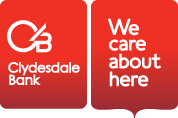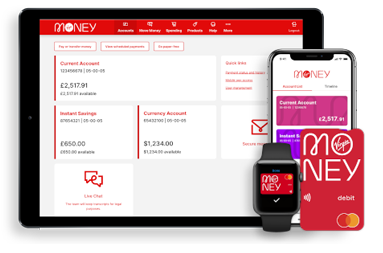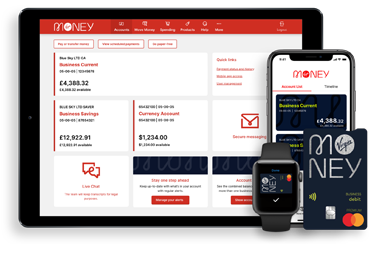How to sell more to your existing customers
< back to all business news articles
05/06/2018
It’s best to try and get more out of your existing customers, than spend time and money chasing new ones – it’s cheaper and much more time efficient.

Your current customers:
- Already trust you. So you won’t need to spend time convincing them you’re reliable.
- Don’t need to go through complicated or lengthy marketing lead generators.
- They’ve already invested in technology, payments systems or stored data to transact with you. It’s often a hassle switching providers.
So if you were thinking of spending money on a marketing campaign to get new customers, consider halving the budget, spend half on getting more from existing customers, and put the other half in the bank.
Consider these tips to increase your revenue from existing customers.
Find out what they want
Conduct informal research on your current customers, to find out what they need. You could:
- Conduct a poll via social media channels
- Ask them directly
- From your business records see what products and services are the most popular, and then promote them to existing customers who haven’t bought them before.
- Anticipate when customers may have run out of any products and want to buy again.
- Find out when customers have new budgets or when their buying cycle starts and contact them just in time.
Look for opportunities to cross-sell or up-sell
The best way to cross-sell will depend on what kind of product or service you’re offering – but there are some basic techniques any business can use.
Think about the products or services you’re offering and plan in advance the ones you can sell together. What you’re offering as a cross-sell should be cheaper than the original purchase.
Some of the best and easiest ways to cross sell are:
- Bundling packs – offer a package deal, such as selling the tie with the shirt
- Incentivise – tempt customers to spend just a bit more in return for a reward. For instance, you might offer free shipping on orders over £50. Or an add-on product half price if you spend over £50.
- Combine products and services – this is a great method if the primary part of your business does one thing, but you can complement it with the other. If you sell products, can you on-sell insurance?
- Complementary add-ons – suggest to customers that what they’ve just bought would be so much better with another product they will, in fact, need at some point.
Develop and maintain long-term relationships
Plenty of opportunities open up when you plan to sell to customers over their lifetime.
Demonstrate
Remind your customers regularly about everything else you do. Often, as a supplier-customer relationship matures, the customer develops a narrow view of what that supplier does based on their own experiences of ordering.
- Invite customers to events, demonstrations, new product releases.
- Involve suppliers to turn up with new products or limited deals to encourage purchase.
- Run educational webinars on industry topics to re-engage any customers who haven’t purchased for some time.
Be where they are
Either promote and advertise in the channels that your customers are viewing, or attend the same conferences and events. If possible go and visit them. In todays’ digital-focused world, to turn up in person goes a long way to building repeat sales and confidence.
Summary
Keeping in touch with your customers is a lot easier than it used to be. The advance of social media means that simply by setting up an online profile, you’ll be able to stay in touch and actively engage with your customers on an on-going basis.
By all means, continue to attract new customers too. But consider focusing on doing more business with existing customers so you can take advantage of your well-earned reputation and relationships.
POSTED IN: Growth
SHARE
Related Articles
You can find impartial information and guidance on money matters on the “MoneyHelper” website.
Clydesdale Bank is covered by the Financial Services Compensation Scheme (FSCS), Find out more.


